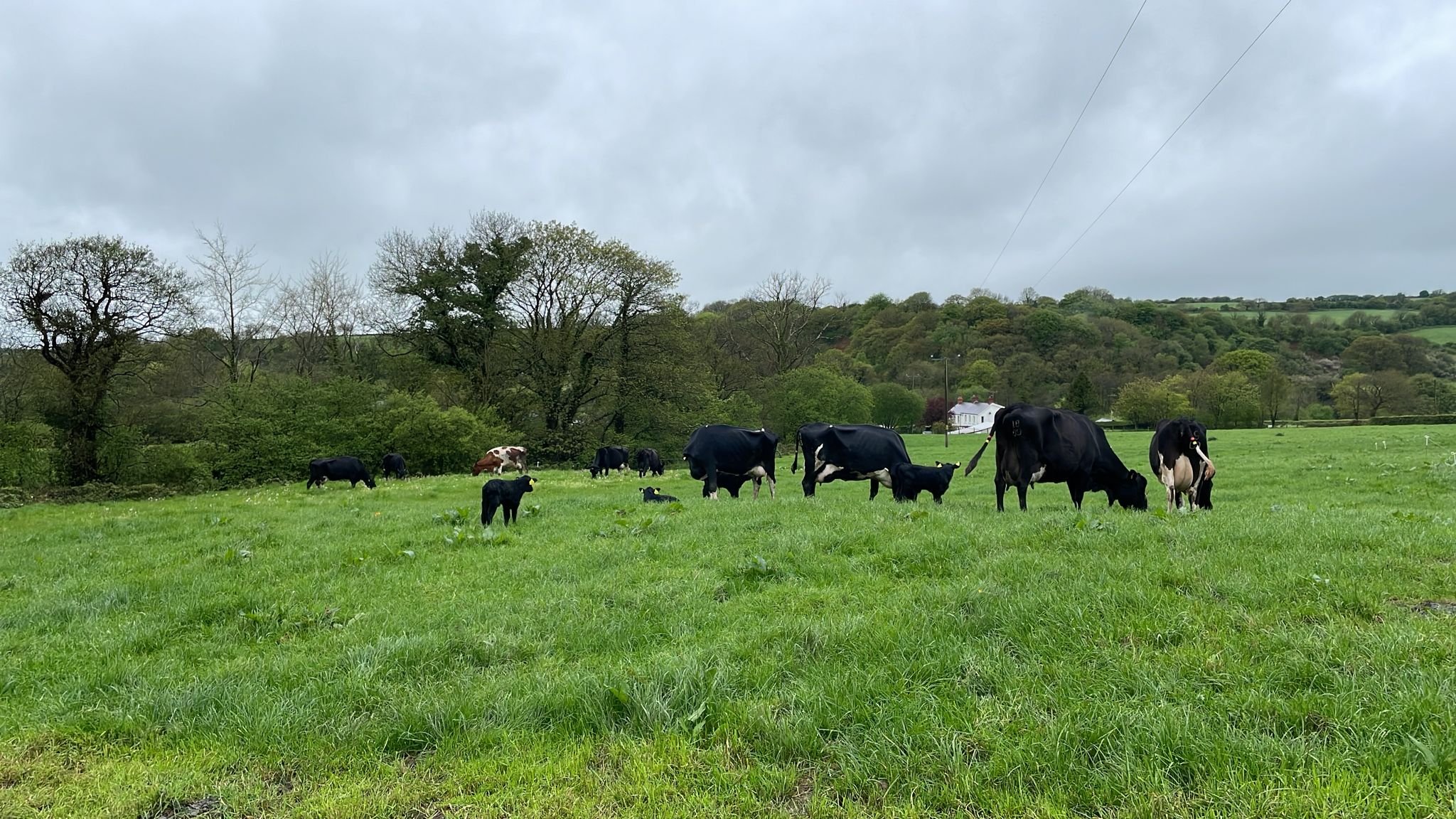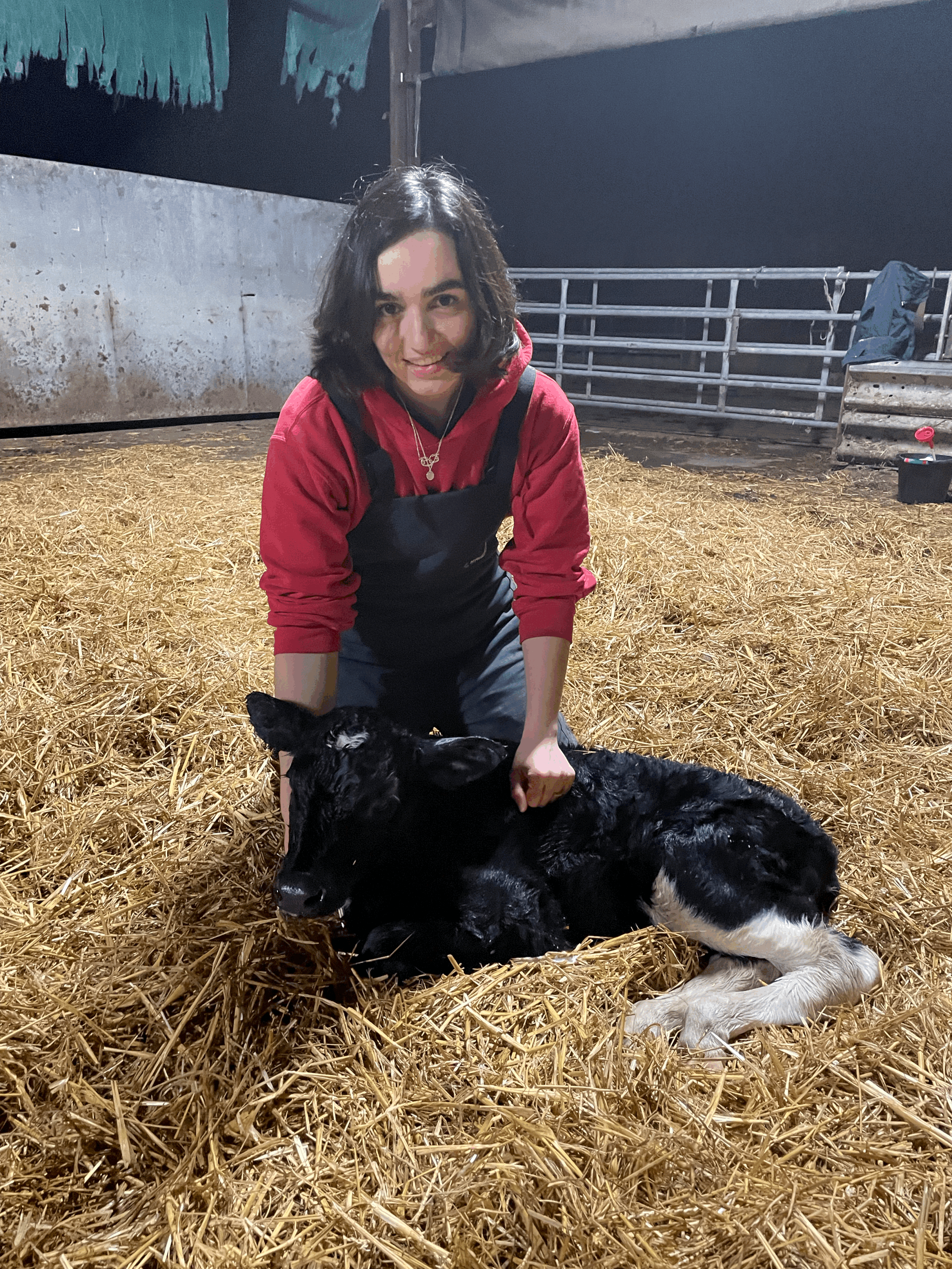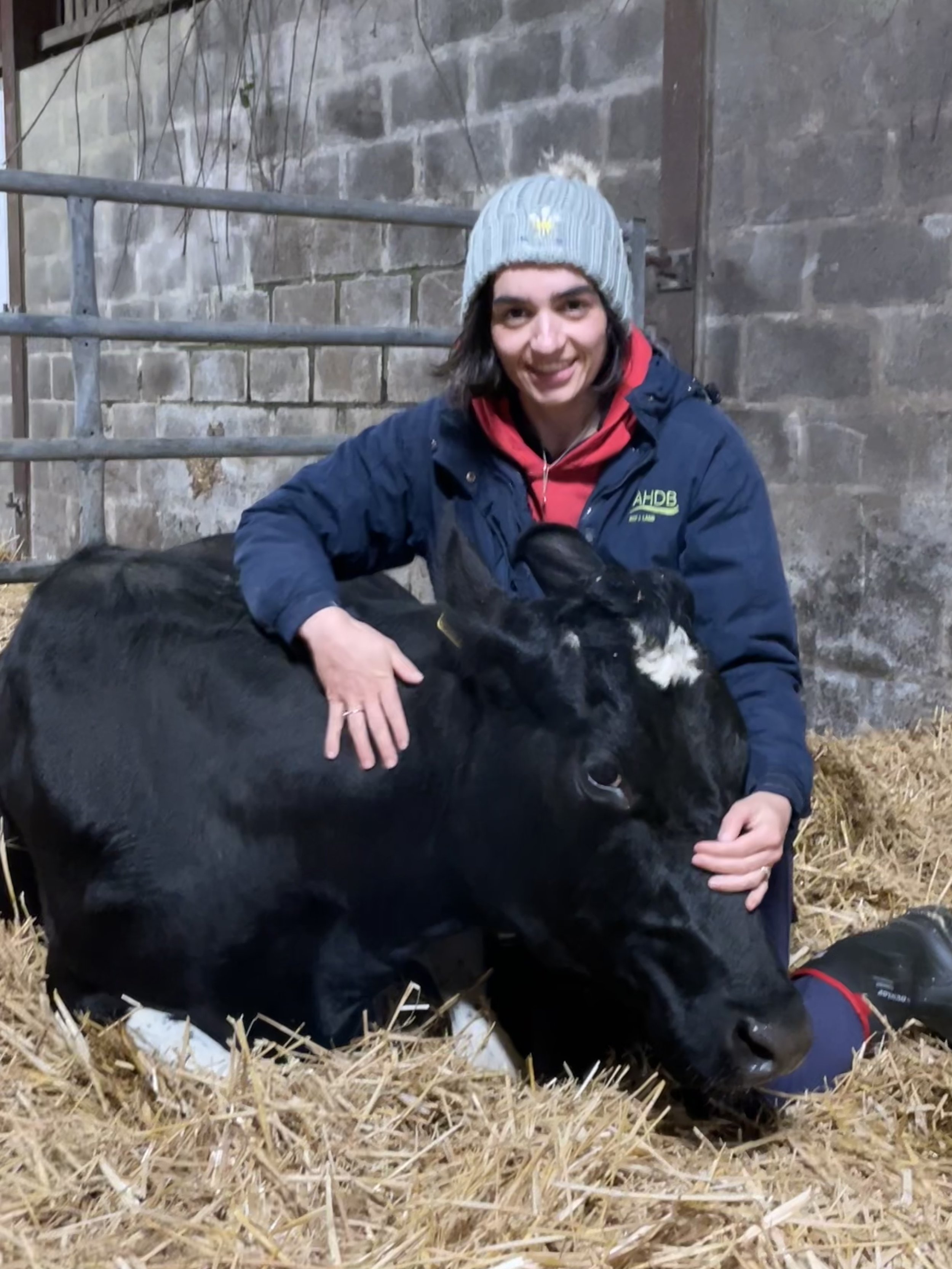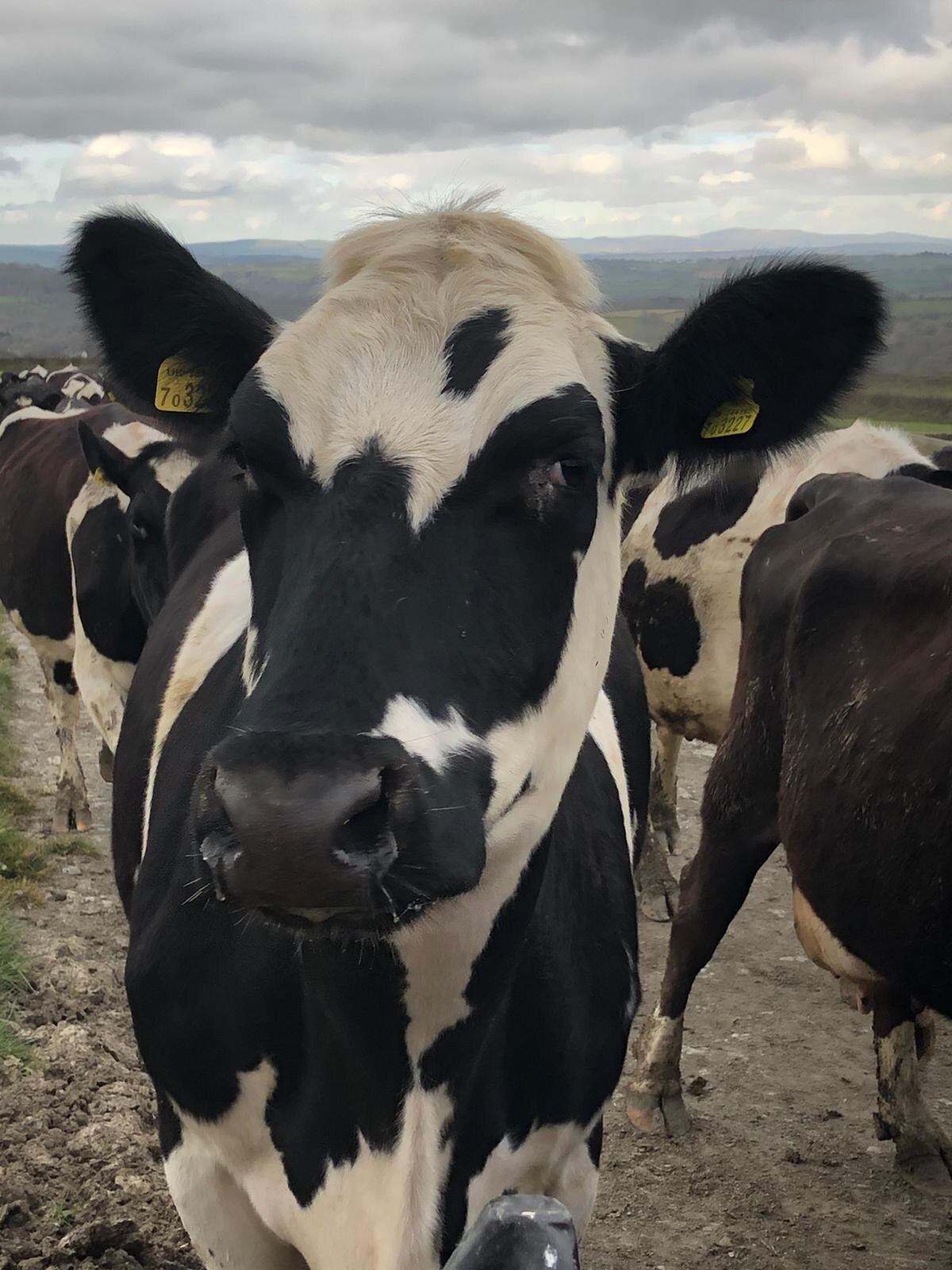
Cow Calf Contact; The Future of the Dairy Industry?
Is CCC a feasible option for UK dairy farmers?

Dairy Farming in the Wet Tropics
The phrase “Australian agriculture” brings certain scenes to mind; merino sheep and vast beef stations, helicopter wrangling, the brush of a shirt cuff, stained with red dust, across a sweating forehead. When dairy cattle are imagined it is in the temperate grasslands of Victoria and Tasmania; a British family farm interrupted with kangaroos and gum trees.
Few people outside of the industry realise that north of the tropic of Capricorn cows graze tropical grasses five feet high, farmers battle against the ceaseless encroachment of the rainforest, and milk is produced to the chorus of rainbow hued birds, under the beat of the fierce southern sun, and the battering rains of the wet season.

How To Survive Calving
How to survive calving season

Nighttime
Reflecting on calving; night checks and colostrum

Contract Farming: Our Way in as “New” Entrants
An explanation of how Contract Farming Agreements work and why they’re a great option for landless new entrants

Am I A Farmer Yet?
The first in a new series of farming articles covering our contract farming business in West Wales
Tiny Calf: A Cow Behind the Statistics
We are now over half way through calving. While the rate of calves being born has slowed down- and so there is less time spent on first feeds and navel dipping and recording births- there is still plenty to do with over a 100 calves to feed and care for. The milking cows are grazing by day, and the grass is growing.

Are There Antibiotics In My Milk?
Farmers use antibiotics. Like any other species, cows get sick, and it is in their best interests to be treated with antibiotics when necessary. The average dairy herd varies across the UK, but sizes range from 50 to over a thousand cows. If you picture a school or an office with as many people as that, at some point one of them will be ill and need antibiotic treatment. The same applies to cows- even under the best management systems some will become ill.

Dry January: Spring Calvers Did It First
When I started working in dairy consultancy (way back in 2007, when I was 14, Donald Trump was just a business tycoon, and Rihanna's "Umbrella" was at number one for ten weeks), one of the first things I learnt about spring calving was that they effectively had January off- or at least that is what it looked like for someone from an all-year-round calving background.

What You Should Know About Dairy Farming: Introduction
The more I read and the more I see, the more it becomes obvious that the general public want to know more about how their food is produced- and how animals are managed. It's very easy for those of us who exist within this milky echo chamber to be surprised when people comment on pictures of calves to say that they are cows missing their babies, or to roll around with laughter when a survey shows that children think chocolate milkshake is produced by brown cows, but the truth is that we can't expect anyone to understand our industry if they haven't been exposed to it. How many of you could recognise a coffee crop if you saw one? Or know how cotton is harvested? And those are two commodities that it's likely you are exposed to every day, that also exist in the wider agricultural industry.
Time To Cut Greedy Farmers Down To Size? No, Emma Duncan, No
That's the thing with farming- you can be wholly removed from it, understand nothing, completely hate it and yet your very survival hinges on it
25 Things You Know If You Grew Up On A Farm
On Farm Animal Welfare
22 Things You Know If You Work With Farmers
25 Things You Know if You Grew Up on a Dairy Farm
Of Lambs and Racehorses: Where the Animal Rights Movement is Wrong
The animal rights movement needs to take a step back, look at the real issues facing livestock globally, and work with farmers to ensure that everyone benefits. And ultimately, they have got to stop spreading lies.